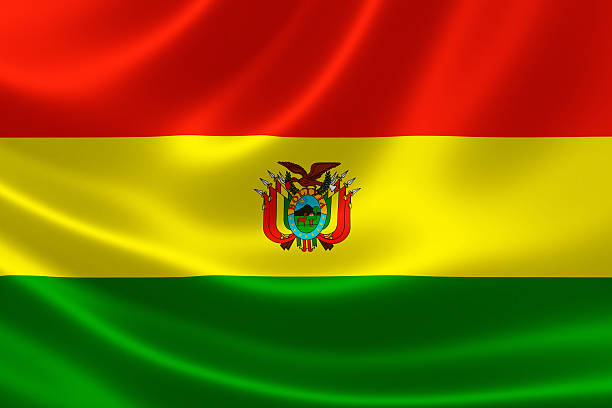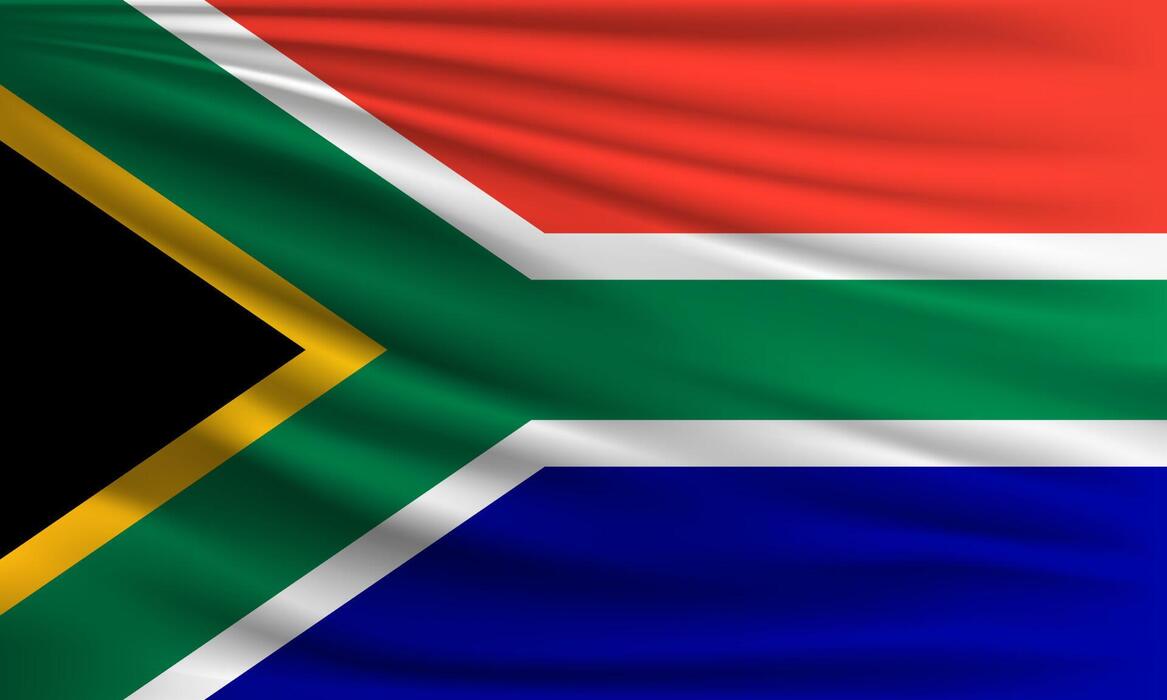Language is more than just words. It's how we connect, share ideas, and shape cultures. Knowing multiple official languages shows a country's respect for its history and people. It also helps governments serve citizens in different tongues, ensuring no one is left out.
Official languages are the ones a government uses for laws, education, and public services. They decide what languages appear on road signs, in courts, and schools.
According to Guinness World Records, Bolivia tops the list with 36 official languages, followed by India and Zimbabwe with hundreds of recognised tongues nationwide, though not all are "official" nationally.
In this article, we'll explore which countries officially recognise the most languages, why that matters, and how it shapes identity, rights, and governance around the world.
Top 5 Countries with the Most Official Languages in the World
According to the latest data available on the web, here are the top 10 countries with the most official languages in the world:
| Rank | Country | Official Language(s) | Number of Official Languages |
| 1 | Bolivia | Spanish + 36 indigenous languages | 37 |
| 2 | India | Hindi, English + 20 others (regional) | 22 |
| 3 | Zimbabwe | English, Shona, Ndebele + 13 others | 16 |
| 4 | Mali | French + 12 indigenous languages | 13 |
| 5 | South Africa | 11 (soon 12) official languages | 11 |
| 6 | Peru | Spanish + 31 indigenous languages | 32 |
| 7 | Vanuatu | Bislama, English, French | 3 |
| 8 | New Zealand | English, Māori, NZ Sign Language | 3 |
| 9 | Luxembourg | Luxembourgish, French, German | 3 |
| 10 | Papua New Guinea | English, Tok Pisin, Hiri Motu | 3 |
1. Bolivia

Source: iStock
Bolivia leads the world with an impressive 37 official languages, as recognised by its 2009 constitution. This includes Spanish as the most widely spoken, alongside 36 indigenous languages such as Quechua, Aymara, and Guaraní, each representing distinct cultural groups.
2. India

Source: iStock
India is celebrated for its stunning linguistic diversity, officially recognising 22 languages under its constitution’s Eighth Schedule. Hindi and English serve as the primary languages of government and communication, while regional languages like Bengali, Telugu, Marathi, Tamil, and Urdu are each official in their respective states.
3. Zimbabwe

Source: Britannica
Zimbabwe boasts 16 official languages, reflecting its complex cultural heritage. English is the main language of administration and education, but Shona and Ndebele are the most widely spoken indigenous languages. Other recognised languages include Venda, Tonga, Chewa, and Kalanga, each representing distinct ethnic communities.
4. Mali

Source: iStock
Mali recognises 13 official languages, reflecting its rich cultural tapestry. French serves as the official administrative language, inherited from colonial history, while 12 national languages, including Bambara, Songhai, and Fulfulde, are widely spoken across the country. These languages are integral to Mali’s identity, used in education, media, and local governance.
5. South Africa

Source: Vecteezy
South Africa is renowned for its linguistic diversity, with 11 official languages—soon to be 12, as South African Sign Language is set to be recognised. These include Afrikaans, English, Zulu, Xhosa, and Setswana, among others, each reflecting the country’s multicultural heritage.
6. Peru
Peru is notable for its recognition of 32 official languages, including Spanish and 31 indigenous languages such as Quechua and Aymara. While Spanish is the dominant language for administration and education, indigenous languages are widely spoken in rural areas and are integral to the country’s cultural identity.
7. Vanuatu
Vanuatu, a Pacific island nation, officially recognises three languages: Bislama, English, and French. Bislama, a creole language, is the most widely spoken and serves as a lingua franca among the country’s diverse linguistic communities. English and French are used in education and government, reflecting Vanuatu’s colonial history. The country is also home to over 100 indigenous languages, making it one of the most linguistically diverse places on earth.
8. New Zealand
New Zealand has three official languages: English, Māori, and New Zealand Sign Language. English is the most widely spoken, used in daily life and government, while Māori is recognised as the language of the indigenous Māori people, with efforts to revitalise and promote its use. New Zealand Sign Language ensures accessibility for the deaf community.
9. Luxembourg
Luxembourg stands out in Europe with three official languages: Luxembourgish, French, and German. Luxembourgish is the national language and a symbol of cultural identity, while French and German are used in administration, education, and business. This trilingualism reflects Luxembourg’s unique position at the crossroads of Europe, facilitating communication and cultural exchange.
10. Papua New Guinea
Papua New Guinea is a linguistic hotspot, officially recognising three languages: English, Tok Pisin, and Hiri Motu. English is used in government and education, while Tok Pisin, a creole, serves as a widely spoken lingua franca. Hiri Motu is used in certain regions. The country is also home to over 800 indigenous languages, making it the most linguistically diverse country in the world by number of languages spoken.
Which Country has the Most Official Languages in the World?

Source: iStock
Bolivia holds the record for the most official languages in the world. According to the 2009 Bolivian Constitution, the country officially recognises 37 languages. These include Spanish and 36 Indigenous languages, such as Quechua, Aymara, Guarani, and others. The move was made to honour Bolivia’s rich cultural and ethnic diversity.
Why So Many?
Bolivia is home to numerous Indigenous communities, each with its own language and traditions. By granting official status to these languages, Bolivia promotes inclusion and aims to preserve its linguistic heritage.
